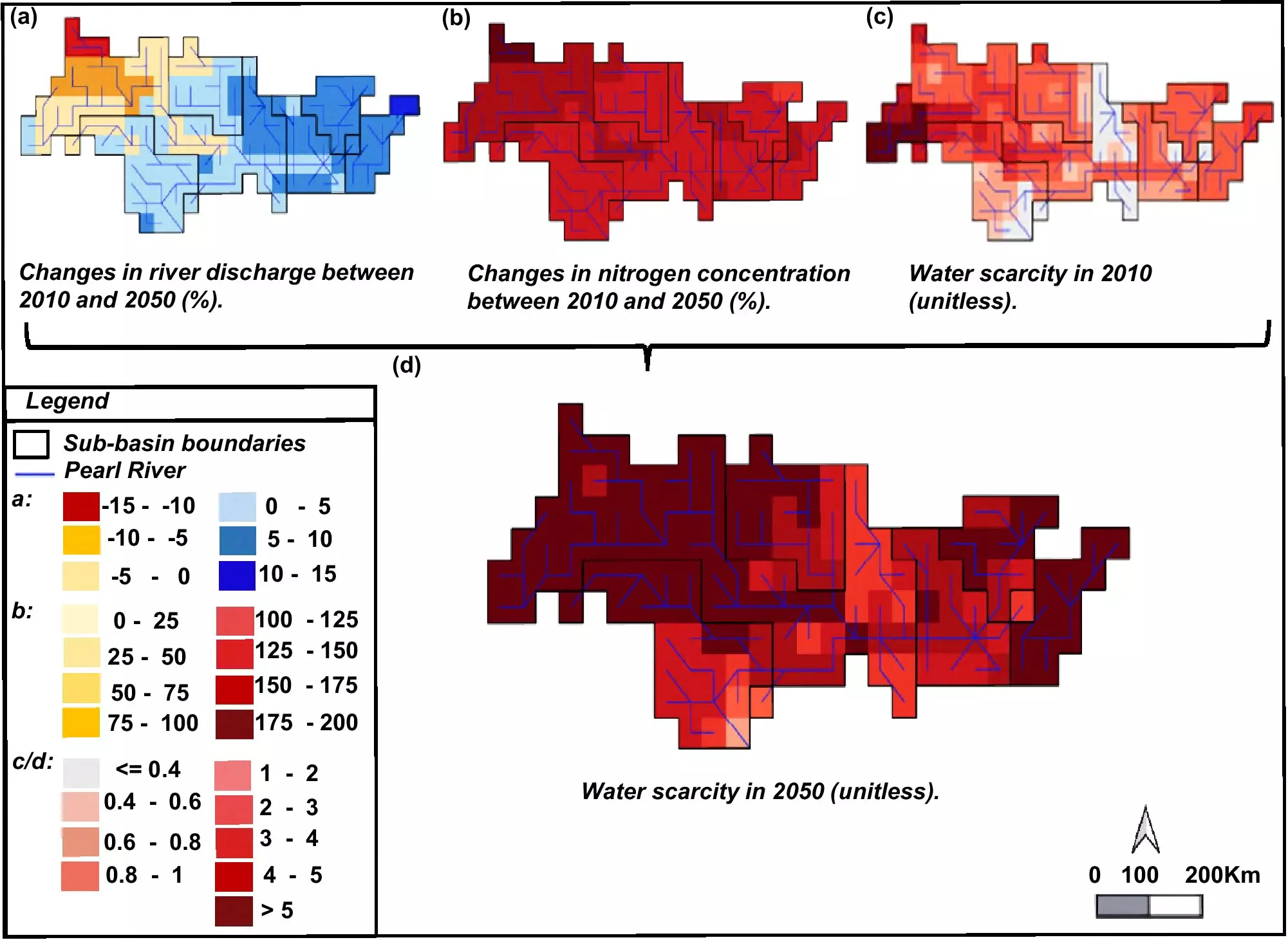Water scarcity remains one of the most pressing issues of our time, deeply entwined with the global efforts to achieve the Sustainable Development Goals (SDGs). As populations grow and climate change exacerbates existing challenges, understanding the dual threats of water quantity and quality is paramount. Over half of the world’s population finds themselves in regions where access to clean water is restricted, either due to overwhelming demand or pollution. This situation not only threatens the livelihoods of individuals but also jeopardizes entire economic sectors reliant on water, including agriculture, energy, and manufacturing. As we witness rising pollution levels, particularly from nitrogen runoff, the health implications peak, creating a complex web of challenges that requires innovative solutions.
Rethinking Water Management Strategies
Recent research by an international team of experts has unveiled a groundbreaking modeling approach aimed at generating cost-effective water management strategies. This remarkable development is essential, especially considering that the water sector currently receives a negligible portion of climate-tech investments—less than 1%, according to the World Economic Forum. This gap in funding underscores a critical neglect of a vital resource. As Taher Kahil, leader of the Water Security Research Group at IIASA, articulates, the focus should not only lie in ensuring sufficient water supply but also in safeguarding water quality. By synergizing various elements such as biogeochemistry, climate patterns, and anthropogenic influences, this new modeling method paves the way for nuanced resource management.
Technological Innovation and Its Role
In an age defined by rapid digital transformation, smart technologies stand at the forefront of enhancing resource management in the water sector. Techniques such as remote sensing, digital twins, and smart irrigation systems serve as robust tools for real-time monitoring, making substantial improvements in water conservation. These technologies provide the necessary precision to optimize water usage, thereby not only addressing quantity deficits but also contributing significantly to improving water quality. However, the inherent challenge remains: bridging the funding gap to leverage these technologies extensively for maximum benefit.
Lessons from the Pearl River Basin
The Pearl River Basin in China serves as a focal point for examining the complex interrelationship between water quality and scarcity. The research findings review several potential interventions, including reducing reliance on chemical fertilizers and improving wastewater treatment processes. Moreover, exploring options for water storage and implementing water-conserving practices offers a multipronged approach to enhance both quality and quantity. Current projections indicate a troubling forecast; by 2050, water scarcity could quadruple under scenarios of heightened economic activity and climate impacts. Yet, the innovative modeling revealed that rigorous water quality management could potentially halve this expected scarcity, emphasizing the need for a dual-focused approach to water resource management.
The Path Forward
Moving forward, the implications of this research are significant. By adopting similar modeling techniques, other regions facing similar water stress may tailor their responses effectively, aligning them with the Sustainable Development Goals. The focus should pivot to investing in water quality, as this presents a profoundly cost-effective route to ameliorate future water scarcity scenarios. The concern surrounding water quality cannot be sidelined; it is, in fact, a critical lever in ensuring long-term water security globally.
The multifaceted nature of water scarcity means solutions must be comprehensive and collaborative. Policymakers, industries, and communities must work in concert to develop resilient frameworks that can withstand the dual pressures from climate variability and population growth. As we confront this unparalleled challenge, the integration of innovative strategies with a commitment to sustainable practices will determine not just the availability of water, but the overall health and prosperity of communities worldwide.
Embracing a forward-thinking mindset—prioritizing both water quality and quantity—will not just mitigate risks associated with scarcity; it will herald a new era of sustainable development, unlocking the potential for vibrant ecosystems and thriving human communities. This path will undoubtedly require a reshaping of existing paradigms, but the dividends will be invaluable in securing our water future.


Leave a Reply